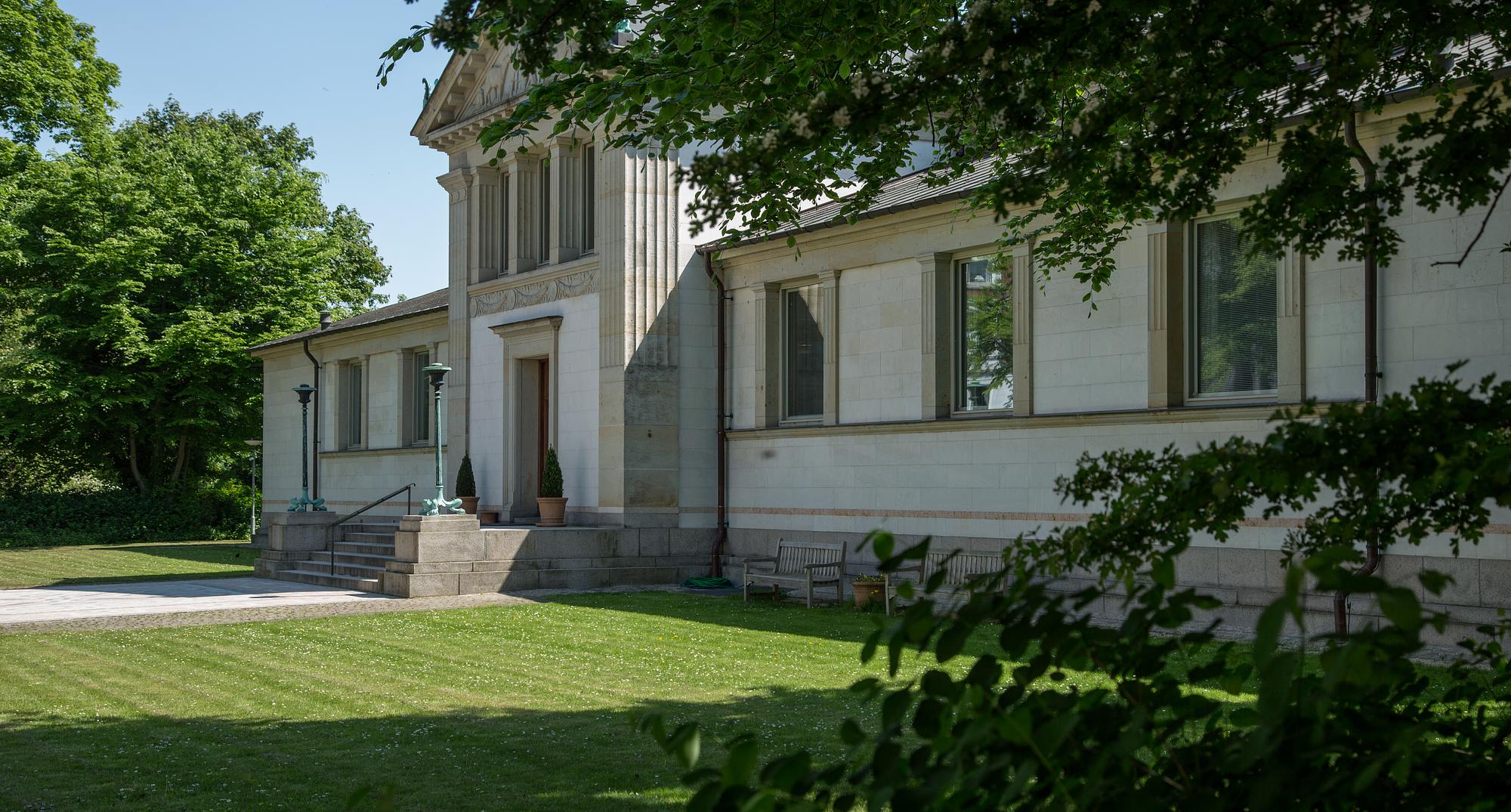
Museum architecture
A small temple to the arts
The Hirschsprung Collection is beautifully situated in green parklands in the Østre Anlæg park, formerly part of the ramparts around Copenhagen. Created to house Heinrich and Pauline Hirschsprung’s collection of Danish art, the museum opened in the summer of 1911. Designed by the architect H.B. Storck, the interiors were arranged and furnished by the art historian Emil Hannover, who also became the first director of the museum.
Storck’s building
When Heinrich Hirchsprung offered to give his collection of Danish art to the nation in 1902, he had already asked the architect Hermann Baagoe Storck (1839–1922) to create a draft for a museum building – two years previously, to be exact.
Following years of discussions with the Danish state and local authorities, the museum was eventually – as Hirschsprung wanted – placed in the Østre Anlæg park facing Stockholmsgade. It was crucially important to Hirschsprung that the collection got its own house, instead of being incorporated into the collection of the National Gallery of Denmark as some would prefer. Hirschsprung argued that the collection required a intimate building that suited the nature of the collection, which included many small studies and delicate sketches. Moreover, Hirschsprung quite simply did not care for the grand museum architecture popular at the time.
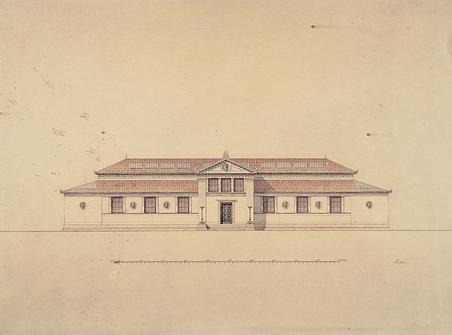
Storck’s initial draft was based on the architecture typical of Italian Renaissance villas, but he gradually developed a simple, clear-cut plan centred on four large rooms lit by skylights. These rooms are surrounded by a range of smaller rooms with light falling in from the side. Outside, the pediments and Doric pilasters emphasise the strict Classicism of the style. Clad in light-coloured marble, the building appears as a small temple to the arts.
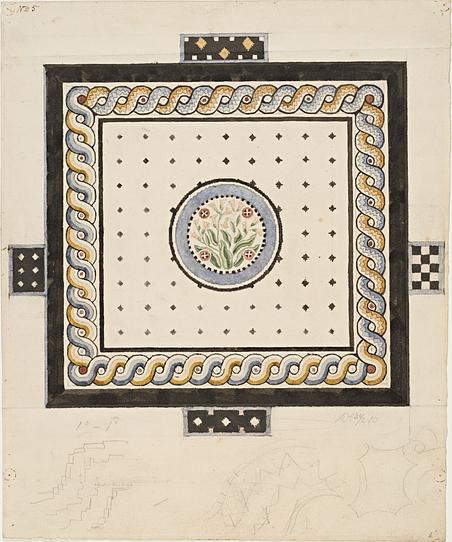
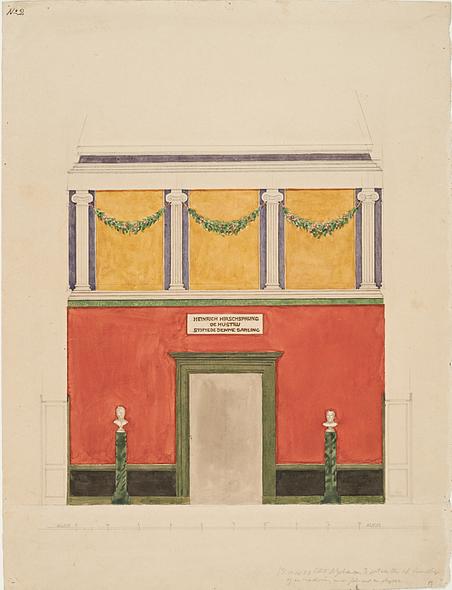
Hannover’s interiors 1911
Construction commenced in 1908, the year that Heinrich Hirschsprung died. His death meant that the interiors and the hangs were directed by the art historian Emil Hannover, who had acted as Hirschsprung’s consultant and assistant for many years.
Hirschsprung wanted his collection to provide a representative picture of nineteenth-century Danish art. Hannover’s hang accentuates this ambition. He broke away from the traditional salon-style hang, where works of art would often be arranged by subject matter. Instead, he opted for a chronological hang, moving further ahead in time room by room, thereby allowing visitors to follow the evolution of art from teacher to student.
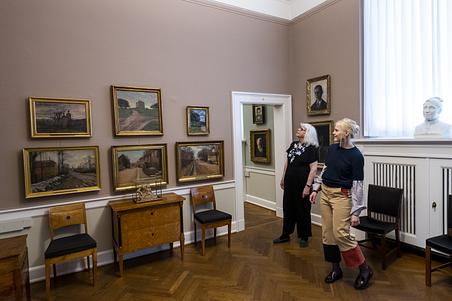
The museum remains infused by this approach. In fact, many of the pictures in the collection are still – at least metaphorically – hanging on the same nails on which they were hung in 1911. The principles used by Emil Hannover when arranging the museum can still be recognised by present-day visitors.
The museum building was listed in 1995. The authorities’ reasons for this listing included the following:
‘… the building is of outstanding cultural and architectural significance. The architecture reinterprets the style of classical antiquity. By remaining true to a single style, the building stands apart from the historicist architecture prevalent in the period, which very prominently mixes styles, borrowing motifs from a range of different periods. At the same time, the architectural characteristics of the building point ahead to the more austere neoclassical style of the years to come. Thus, the structure constitutes an important link in the transition from historicism to neoclassicism in Danish architecture.’